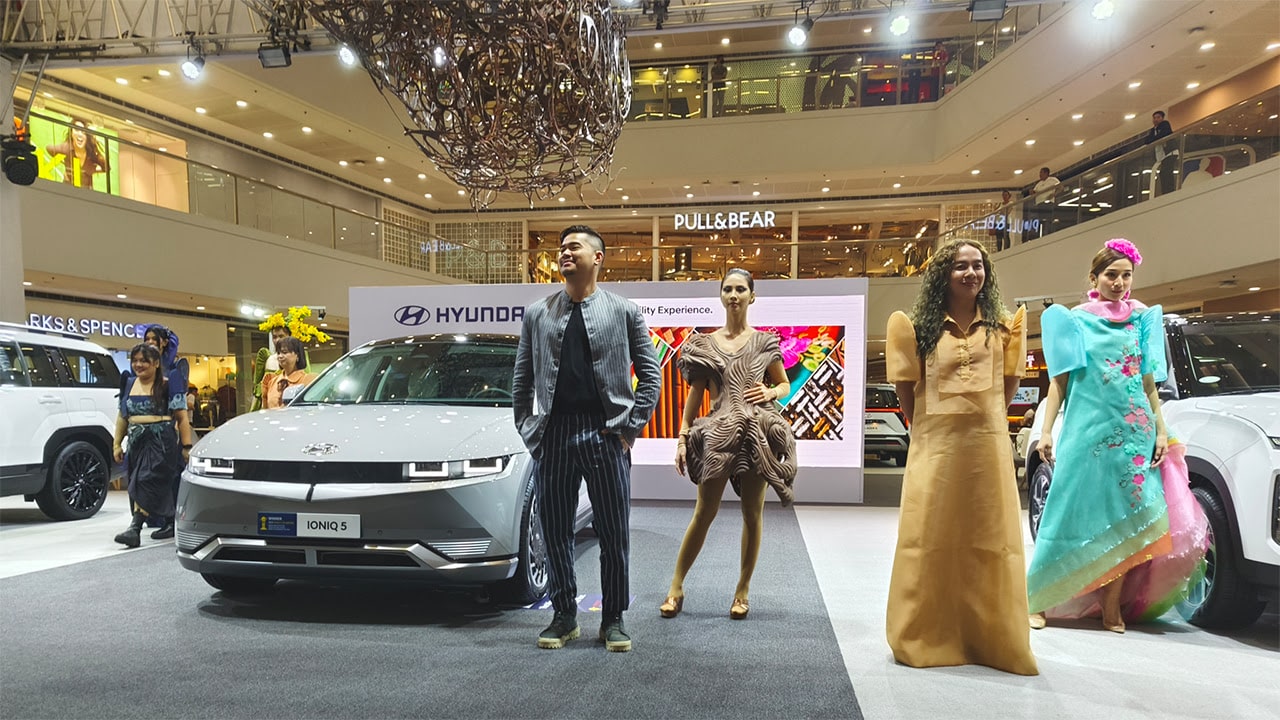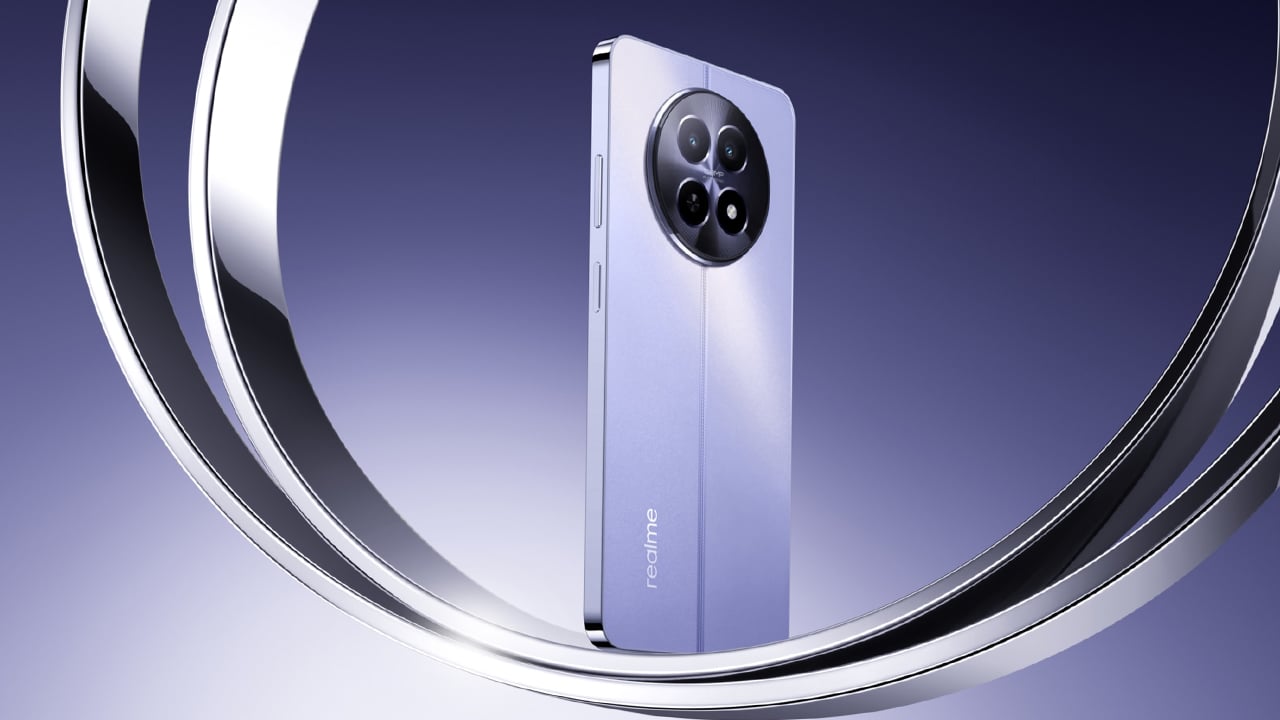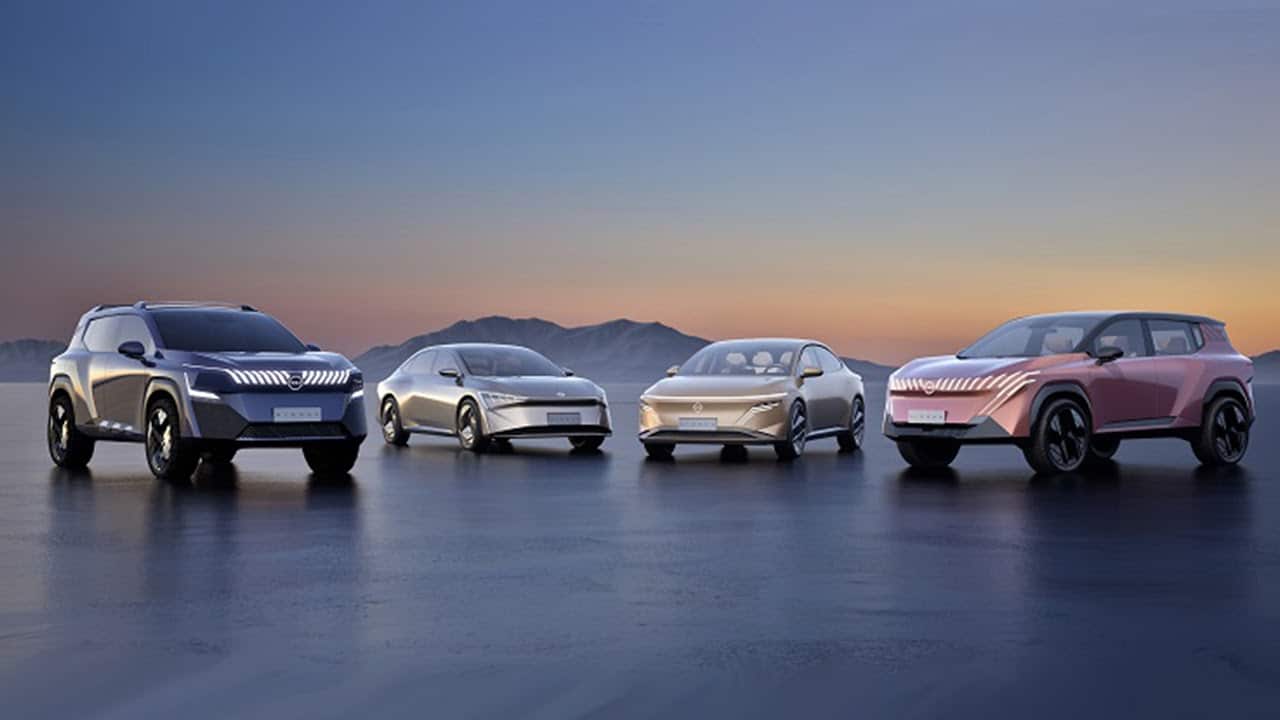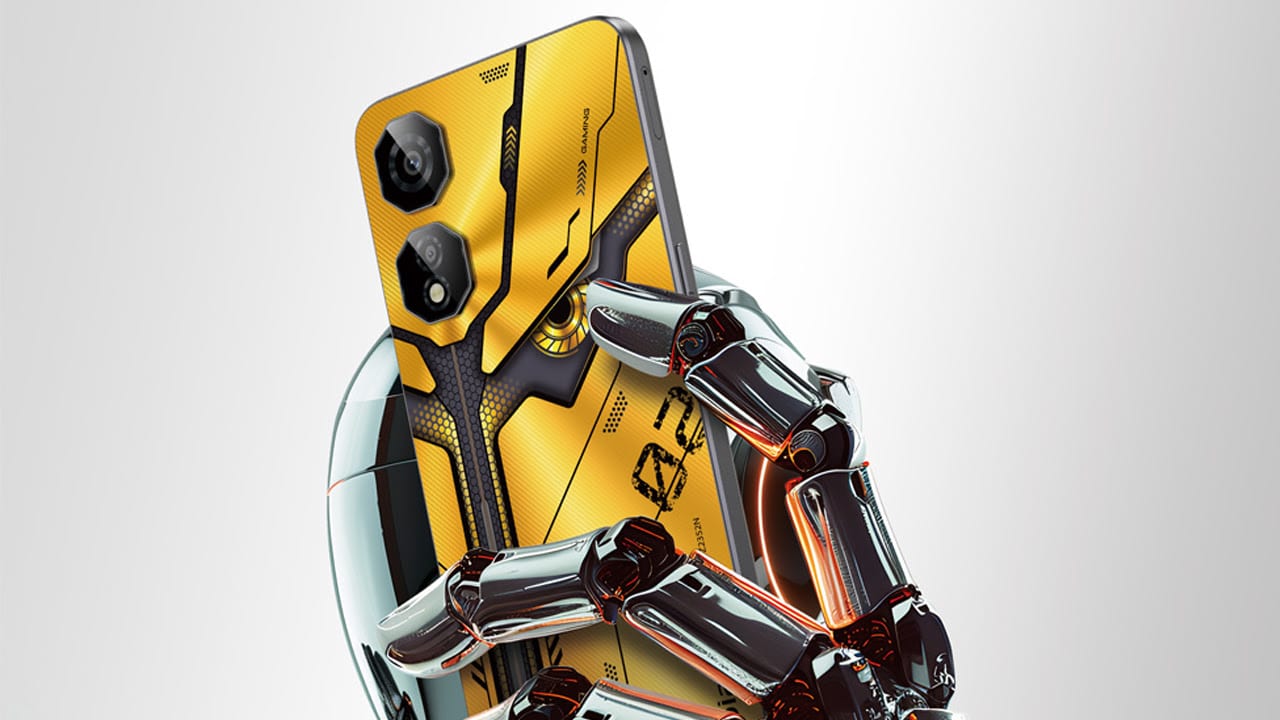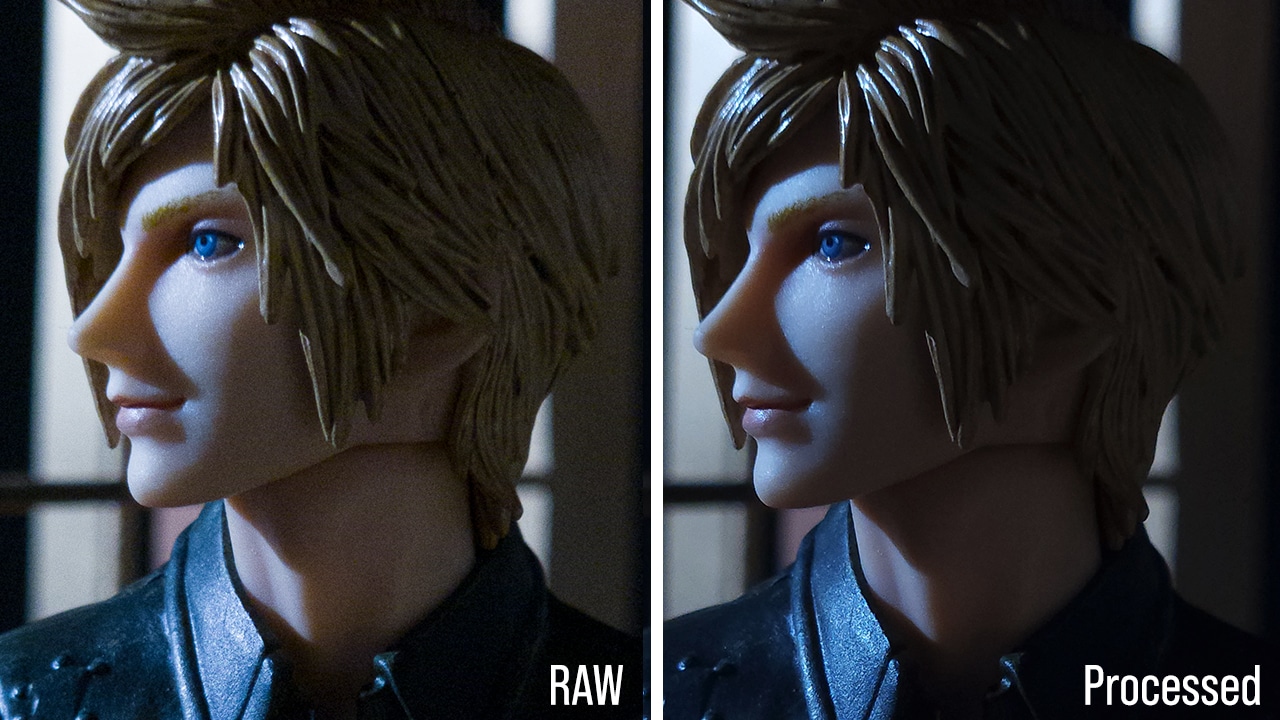Just over 5 months ago, the Toyota Hilux and Alphard were officially proclaimed as the major winners of the 2020-2021 Auto Focus People’s Choice Awards (AFPCA) last December 17, 2020. The Toyota pickup and luxury van models bagged the coveted Auto Focus Automobile of the Year Award in the Standard and Premium/Luxury classifications respectively.
And now, the 17th annual edition of the AFPCA is off and running with the opening of the online public poll beginning June 1, 2021.
Organized by Sunshine Television (STV) and led by its Chairman/CEO and motoring media personality, Ray Butch Gamboa, the AFPCA is STV’s premier motoring industry merit program that seeks to determine the Philippines’ most popular automobile brands and models via an annual public poll.
The awards program features Model and Automobile of the Year honors for sedans, SUV/Crossovers, sports cars, vans/MPV’s, and pickups in separate Standard and Premium/Luxury classes. 2021 marked the 17th annual undertaking of this unique poll, the only one of its kind in the country.

“Thankfully, this year’s edition of the AFPCA has launched without the uncertainties and challenges that faced us in March last year with the onset of the present COVID pandemic and strict lockdown conditions about to be imposed throughout the Philippines.” STV’s Gamboa says. He continues by saying that the group saw a “positive light and went for the green light.”
Over the past 16 years, the AFPCA has traditionally launched its public poll beginning April 1. More recent years featured a 6-month voting period that ended on September 30. However, the limitations on public movement and business operations severely curtailed the motoring industry’s efforts at generating reasonable unit sales under a strict lockdown environment.
Limitations eased somewhat when GCQ came around mid-2020, but car dealers and distributors continued to struggle despite unprecedented promotional offers and delayed new model introductions.
Another new development pertinent to the AFPCA Rules and Guidelines will come into play this year. Gerry Aquino, Chairman of the AFPCA Awards Committee, and Gamboa reviewed in more depth the essence and value of being enshrined in the AFPCA Hall of Fame.
As Aquino pointed out: “Under the present Rules and Guidelines, 5-time Model and 3-time Automobile of the Year awardees are accorded the distinct honor of being entered into the Hall of Fame.”
Over the past 16 years, only a handful of models have gained such elite status. Among the chosen few are the Isuzu Crosswind; Hyundai Grand Starex; Toyota Camry; Toyota Innova; Mitsubishi Montero Sport; Toyota HiAce; Toyota Fortuner; Toyota Hilux; Nissan Navara; Lexus IS350; Lexus RS350; and Toyota Alphard in the Model of the Year Hall of Fame. The Automobile of the Year Hall of Fame counts two honorees: the Toyota Vios and the Toyota Fortuner.
Aquino further mentioned: “The rules imply that this rare, hard-to-attain award of excellence has elevated winners to the pinnacle of their respective model categories, and therefore, further recognition is no longer unnecessary. Well and good, perhaps, but several factors now require us to re-think this particular rule.”
The key considerations were: One, most of the Hall of Fame models are still concurrent, which is testimony to their continuing popularity. Two, the AFPCA is based on people’s choices and votes, and therefore, why will a model the public still prefers be excluded from the Official Entry List simply by virtue of its Hall of Fame status? Three, if a model truly deserves to win, why deprive it of this privilege when it’s still out there in the market competing with other contenders? And lastly, the more complete the Official AFPCA Entry List is, the more credible the voting results and scores will become.
With these in mind, the organizers opted to return all Hall of Fame models into voting circulation and again become eligible for Model and Automobile of the Year awards. “I believe that this will in no way diminish the prestige of the elite status these models have already earned, and that lofty position can only be embellished by further honors that may they may attain,” Gamboa said.
The public may participate in the online poll of the 2021-2022 Auto Focus People’s Choice Awards by visiting here. Participants may vote every day and can register as many as 5 daily choices each in the separate Standard and Premium/Luxury categories from June 1 – November 30, 2021.

